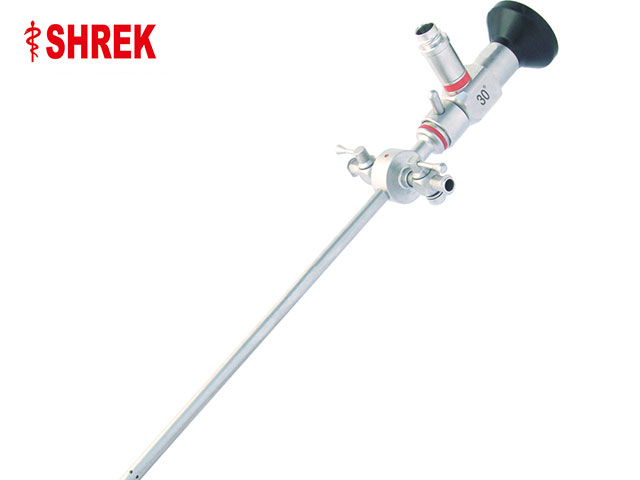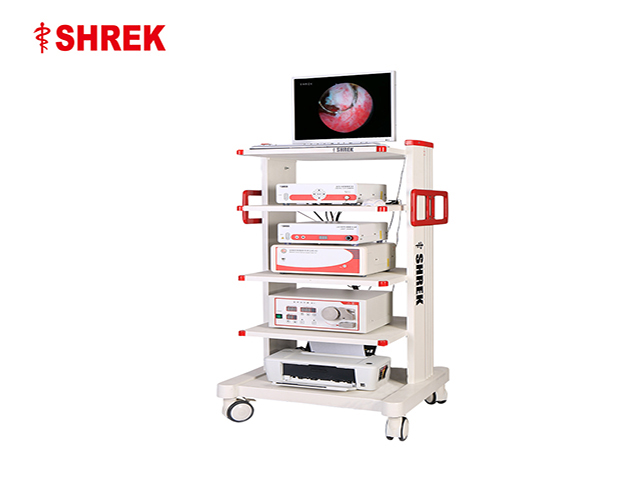NEW Flexible hard tube endoscope
The hard tube endoscope is a convenient and direct medical device for medical staff to observe the diseased tissue inside the human body so far. It has the advantages of high image clarity, vivid color, etc., and is easy to operate. With the expansion of the scope of using rigid tube endoscopes, doctors use rigid tube endoscopes more and more frequently.
Basic structure and working principle of rigid tube endoscope
The hard tube endoscope is mainly composed of an optical imaging system and an illumination system: the optical part is a slender metal tube for external viewing, and a complete optical system composed of many lenses is installed inside. The optical imaging system is composed of three major systems: an objective lens system, a rotating image system, and an eyepiece system. The inverted image formed by the object to be observed through the objective lens is converted into a positive image through the image transfer system, and transmitted to the eyepiece, and then magnified by the eyepiece for observation by the human eye. As shown in Figure 1. In order to form different viewing angles, different prisms need to be added. The rigid tube endoscopes for different purposes are made into different shapes, outer diameters, and lengths according to the requirements of use to meet the requirements of use. The illumination transmission system is composed of optical fiber, which transmits the light of the cold light source to the front end of the endoscope through the optical fiber to illuminate the object to be observed.
